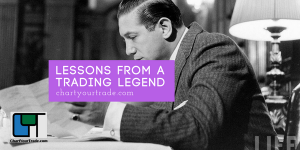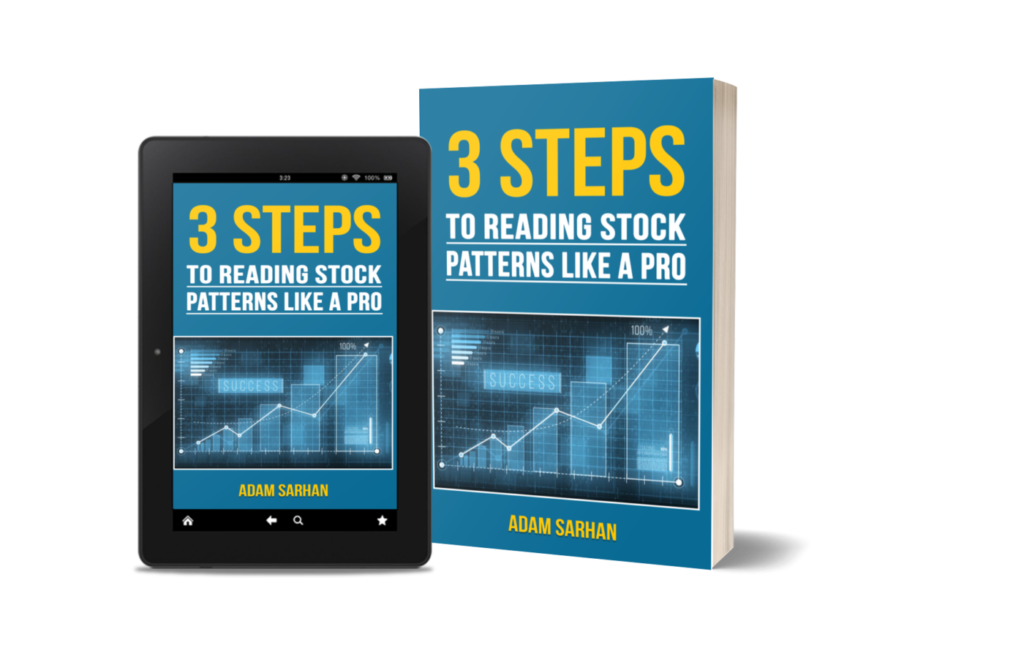 Every so often we like to re-read classic investing books. One of my personal favorites is “How I Made Two Million Dollars in The Stock Market” by Nicolas Darvas. This is an excellent story about how the market really works. It illustrates how Darvas evolved as a trader.
Every so often we like to re-read classic investing books. One of my personal favorites is “How I Made Two Million Dollars in The Stock Market” by Nicolas Darvas. This is an excellent story about how the market really works. It illustrates how Darvas evolved as a trader.
Nicolas Darvas began like most of us with no idea on how the market functions. After several failures, he went through a severe period of introspection and began “learning” how the market worked.
Lesson 1: Focus On Strong Fundamentals
His first major realization was that he had to narrow down the list of stocks he was involved with. He did this by focusing on the company’s fundamentals and the stock’s technicals. He quickly realized that companies that exhibited strong fundamentals (impressive earnings and sales growth) enjoyed solid stock price appreciation. However, he soon realized that this was only one-half of the equation.
Lesson 2: Strong Technicals Matter
One of the things Nicolas Darvas is most famous for is the “Darvas Box”. The Darvas Box is essentially consolidations after a stock breaks out and runs up.
Darvas realized the importance of buying strength and began understanding how stocks move (i.e. rally, consolidate, rally, top out, and then fall). Each consolidation became known as “boxes.” Darvas developed/refined his rules through post analysis while he was performing overseas (he was a ballroom dancer). The only access he had to Wall Street were overnight cables from his broker(s) and a weekly edition of Barron’s. His daily cables helped him keep track of his individual holdings and his weekly edition of Barron’s helped him isolate stocks that exhibited strong price and volume action.
Lesson 3: Follow Rules
Even after his two-year dancing contract had expired, Darvas decided to continue this distant relationship with Wall Street. This kept him separated from the “crowd” and the various rumors which constantly plague the Street. By simply following the stocks price and volume action, Darvas was able to create a trading methodology which has shaped the thinking for investors to present day.
Lesson 4: Be Flexible
Some of our closest friends and readers are “pure” fundamentalists. We can talk for endless hours (perhaps weeks) with little avail to convince them otherwise. We also have readers that invest strictly on the underlying technicals and the same is true for them.
Here at ChartYourTrade, we infuse the most pertinent fundamental and technical analysis and have realized that this formula best matches our personality and trading habits. Asking which is “correct” or “incorrect” is a futile exercise since there are an infinite amount of “correct” and “incorrect” ways to invest and trade capital markets. The key is to find the “best strategy” that fits your personality and trading habits and make it work for you.




